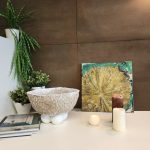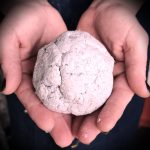Paper Mache




Biraz Paper Mache Hakkında Konuşalım
Papiermâché, Fransızca “kağıt” (papier) ve “ezilmiş” (mâché) kelimelerinden türetilmiş, kağıdın su ve bağlayıcı ile hamur haline getirilip şekillendirildiği bir sanat tekniğidir.
Bu çok yönlü sanat, hafif, dayanıklı objeler yaratmak için idealdir ve çok çeşitliformlarda dekoratif objeler yaratmaya olanak tanır.
Kökeni MÖ 2. yüzyıla, Çin’de yapılan maskelere ve heykellere uzanır. Zamanla İslam dünyasına, ardından Avrupa’ya yayılmış; özellikle 17. ve 18. yüzyıl Fransa’sında zarif mobilya ve sanat objelerinde kullanılmıştır.
Bugün ise papiermâché, hem geleneksel el sanatlarında hem de modern sanatta popüler bir malzeme olarak kullanılmaya devam etmektedir.
Bunu Biliyor Muydunuz?
- Bir ton kağıt üretmek için yaklaşık 17 ağaç kesiliyor.
- Geri dönüştürülen her ton kâğıt, 26.000 litre suyun ve 1.700 litre petrolün tasarruf edilmesini sağlıyor.
